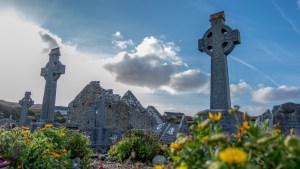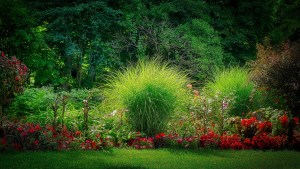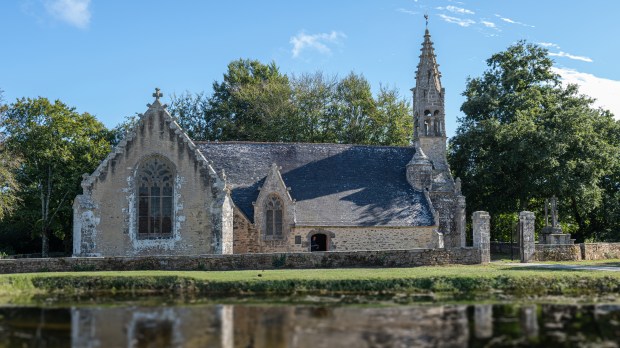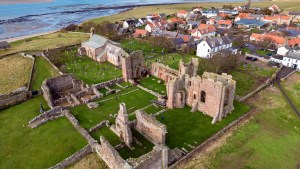Saint Fiachra, also known as Saint Fiacre, is one of the many patrons saint of gardeners, alongside St. Phocas, St. Adelard (Charlemagne’s cousin, no less), and St. Gertrude of Nivelles.
Fiachra is an ancient pre-Christian Irish name, commonly found in ancient Irish folklore. It seems to derive from the Gaelic fiach, meaning “raven.” The appellation “of Breuil” can be misleading: the site of the hermitage of St. Fiacre (where he also kept a garden) was in the place denominated Brogillum, which was later renamed Breuil. However, Breuil was then again renamed Saint-Fiacre – which is the current name of the commune, in the Department of Seine-et-Marne, in France.
Legend has it that Fiachra sought the protection of St. Faro (also known as Burgundofaro) the Bishop of Meaux, who granted him a plot of land to practice his hermitic way of life. Fiachra humbly requested a small plot of land, but as he marked the boundaries by walking, the land miraculously expanded to accommodate his needs. A different version claims that St. Faro allowed St. Fiacre as much land as he might entrench in one day with a furrow; Fiacre turned up the earth with the end of his staff, toppling trees and uprooting briers and weeds.
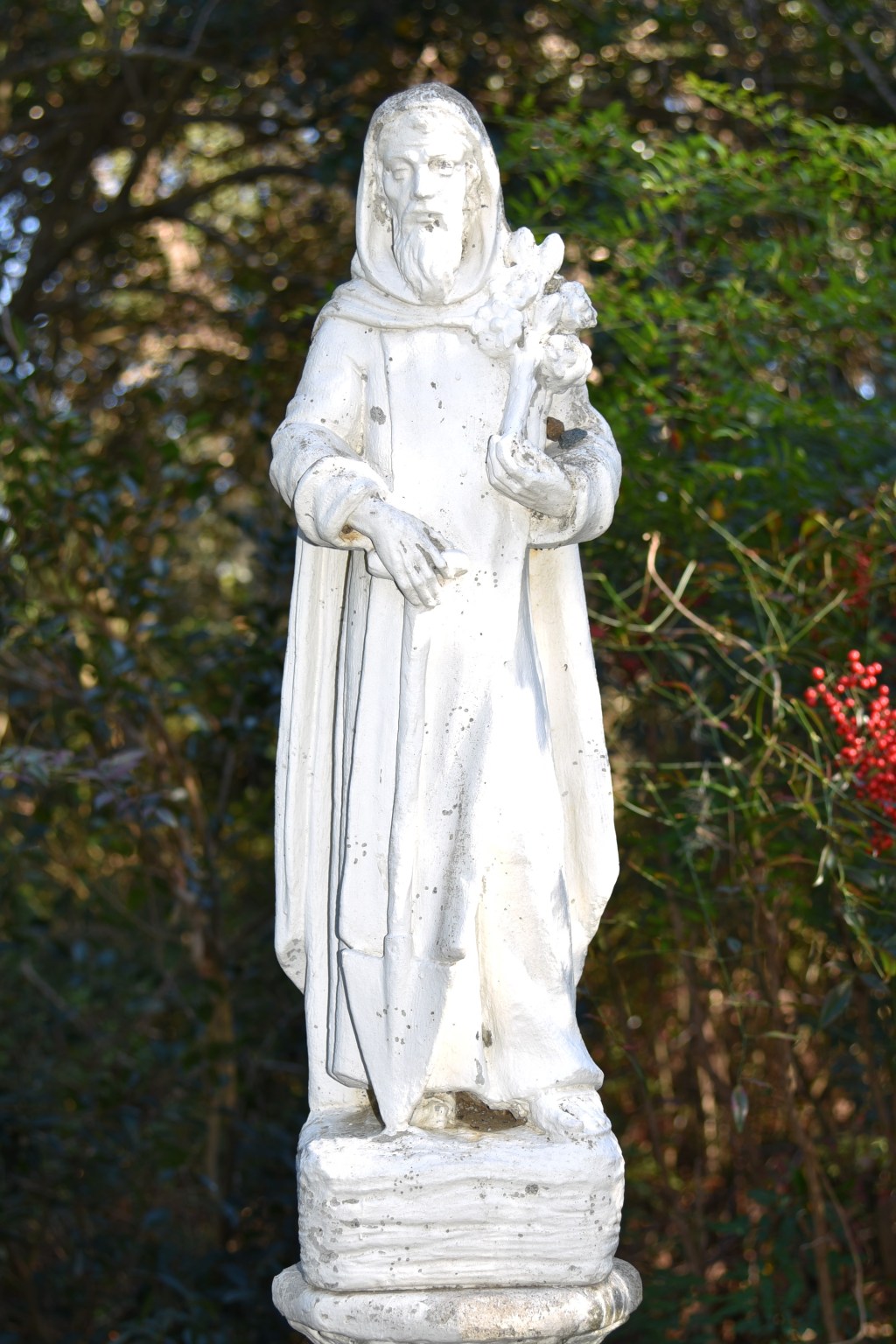
As the years passed, Fiachra’s reverence for nature and his green thumb became evident. The once barren land he was given transformed into a lush and bountiful garden – which explains his becoming the patron saint of gardens, gardeners, and even indoor plants. Local villagers and travelers sought his blessings and advice, turning his hermitage into a sanctuary for spiritual (and horticultural!) inspiration.
St. Fiachra’s relics were preserved in his original shrine, in the local church of the site of his hermitage, garden, oratory, and hospice, in present Saint-Fiacre, Seine-et-Marne, France, but later transferred in 1568 (out of fear that fanatical Calvinists endangered them) to their present shrine in Meaux Cathedral in Meaux, which is near Saint-Fiacre and in the same French department.
